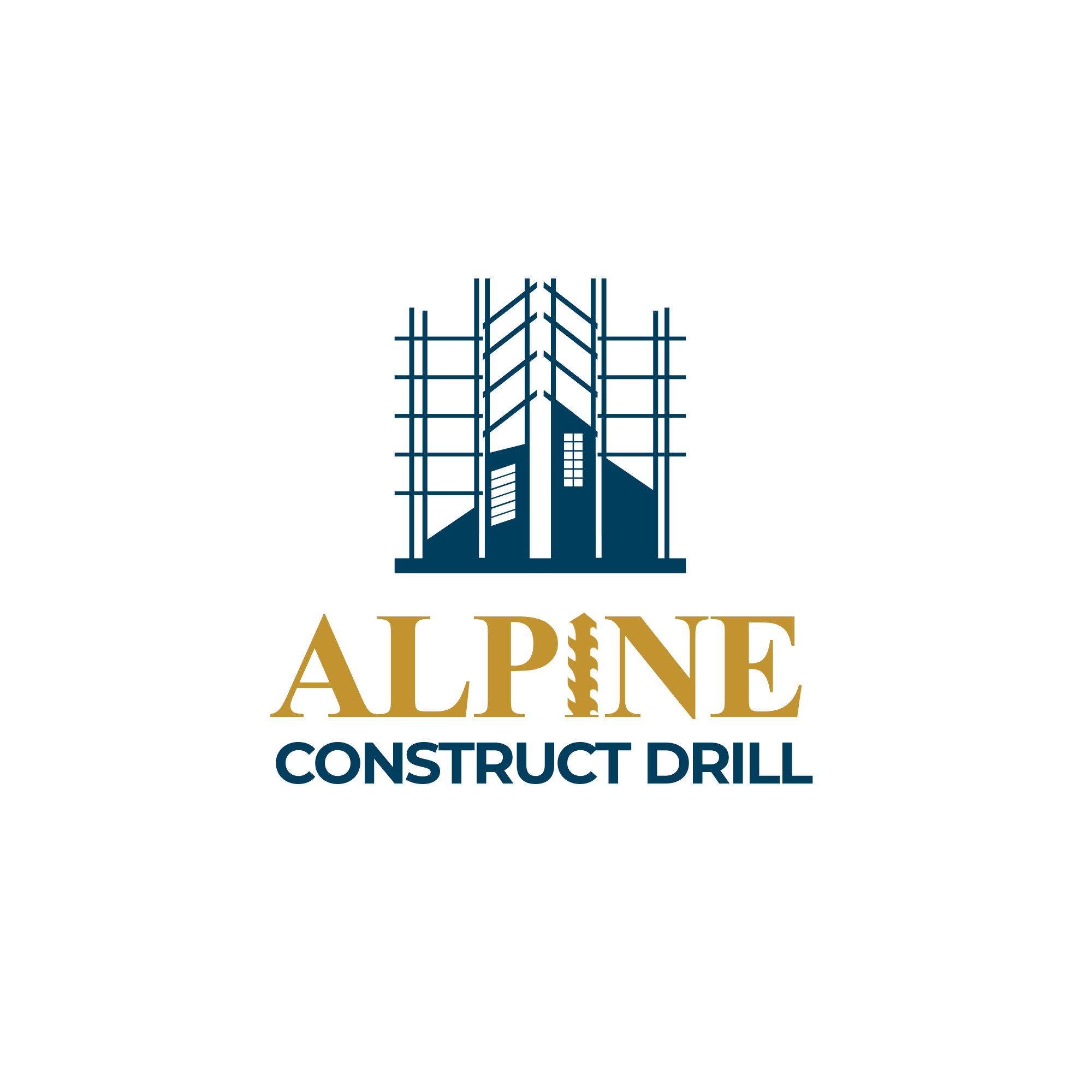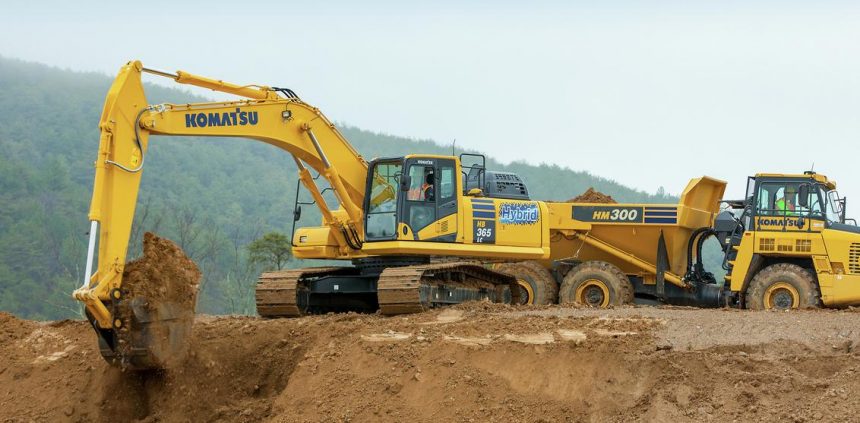In the U.S., the movement towards electric vehicles (EVs) is gaining momentum, extending from passenger cars to heavy machinery, driven by the goal of reducing carbon emissions for a sustainable future. Legislative efforts, such as the Bipartisan Infrastructure Law and California’s Advanced Clean Cars II, are bolstering EV adoption, with significant investments in EV charging infrastructure.
This shift is influencing the construction industry, which now plays a pivotal role in developing the necessary infrastructure for an EV-centric society. As Andrew Earing from Komatsu highlights, construction equipment is instrumental in building the foundation for electric automobile infrastructure.
As the infrastructure for electric vehicles (EVs) is developed, challenges arise due to the lack of existing frameworks. Our partner Komatsu acknowledges these complexities and is exploring diverse solutions tailored to different applications and equipment sizes. Recognizing the increasing focus on heavy equipment and construction site emissions, Komatsu is proactively investing in hybrid and electric machinery, aligning with its commitment to sustainability and staying ahead of industry trends.
The electric advantage
Komatsu showcased an electric excavator and a compact wheel loader prototype at Bauma 2022, aligning with its goal to reduce CO2 emissions by 50% by 2030 and achieve carbon neutrality by 2050. Electric machines like these offer advantages like improved air quality and noise reduction, making them suitable for indoor use and urban environments. Their low sound emissions are particularly beneficial in metropolitan areas, allowing for extended operation without disrupting the community.
Bridging the gap
Combustion engines remain vital in developing electric infrastructure, with hybrid machinery like Komatsu’s HB365LC-3 excavator bridging the gap to fully electric models. Introduced in 2017, this excavator boosts fuel efficiency and reduces emissions, featuring an electric swing motor that regenerates energy. Its ultracapacitor, efficient in energy storage and discharge, enhances performance and cycle times. Such technology, improving energy utilization and engine response, paves the way for future electric excavators, exemplifying Komatsu’s commitment to sustainable innovation.
Steps toward carbon neutrality
From fully electric machinery to hybrids, electrification is at the forefront of the push toward carbon neutrality in construction, but it is just a part of what the construction industry sees as a solution to meeting carbon goals.
“We’re not just exploring electrification, but we’re also exploring other technologies that are out there – such as hydrogen fuel cells and clean fuels,” said Earing. “We’re looking at all of these options because we’re making sure that we have the right solution for the right job site and customer application, and of course electrification is one of those developments.”

